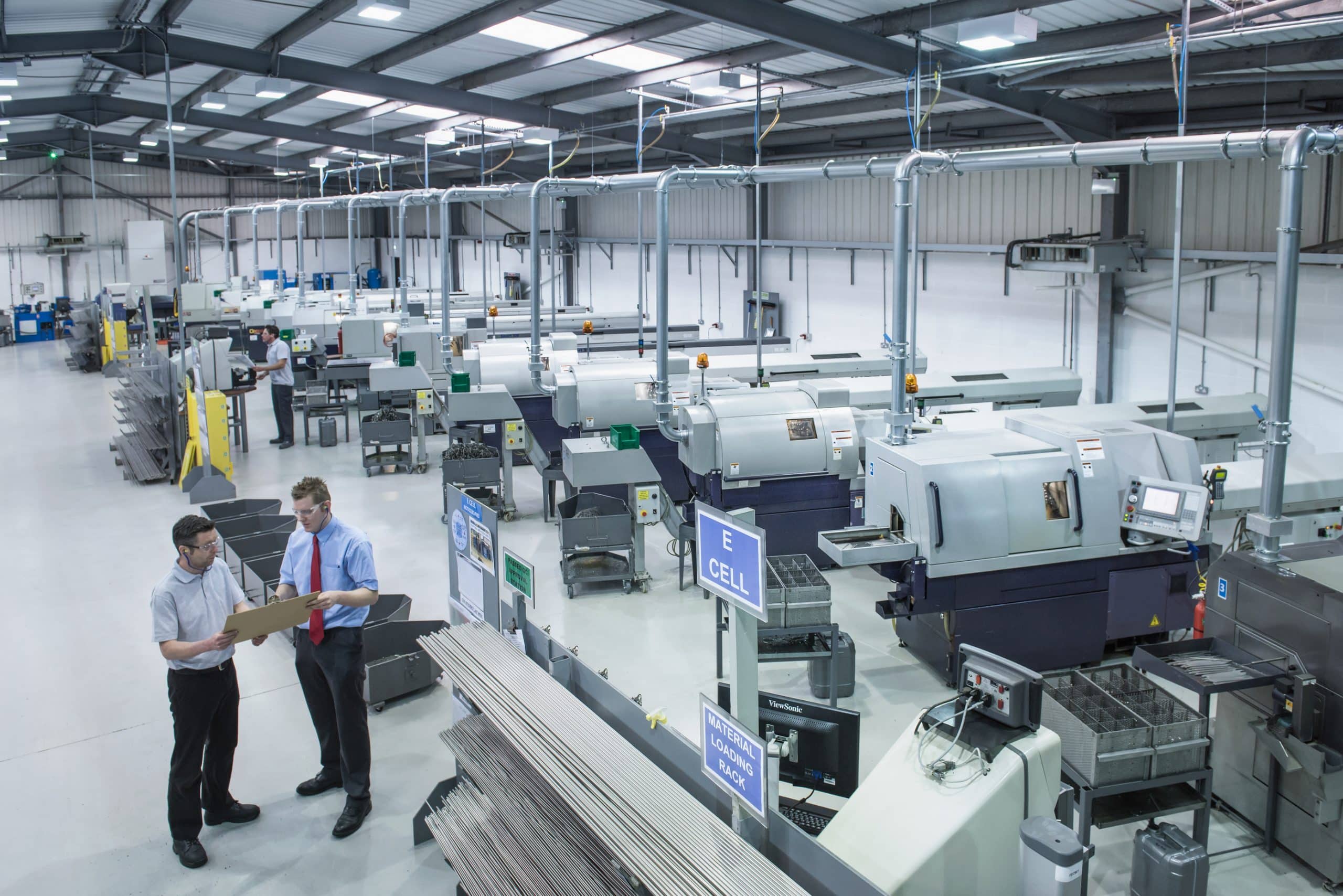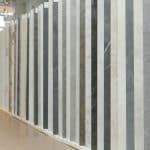In an era where global warming has raised alarming concerns, the need for fuel-efficient cars has skyrocketed. One vehicle that has proven to be a player in this arena is the Ford Focus. It has become increasingly popular due to its impressive fuel economy. However, is there a way to maximize its efficiency even further? This article delves into the potential of enhancing the Ford Focus’s fuel economy by installing an aftermarket aerodynamic undertray. By the end of this article, you’ll have a clearer understanding of how aerodynamics can impact a car’s fuel efficiency.
The Importance of Aerodynamics in Fuel Efficiency
Before we dive into the concept of the aerodynamic undertray, it’s essential to understand the role of aerodynamics in fuel efficiency. Aerodynamics is the study of how air interacts with moving objects, in this case, cars. It’s a critical aspect in the automobile industry that doesn’t get as much attention as it should.
En parallèle : Can You Retrofit a Night Vision System in a Land Rover Discovery for Safer Wild Driving?
Why is aerodynamics crucial for fuel efficiency? This boils down to a term known as drag. Simply put, drag is the resistance that a car experiences when moving through the air. When drag is high, your engine has to work harder to maintain the same speed, thus burning more fuel.
Now, how can we reduce this drag? One way is by improving the car’s aerodynamics. This leads us to the concept of an aerodynamic undertray.
A découvrir également : What Are the Best Adjustable Pedals for a Ford Mustang for Improved Driving Ergonomics?
The Role of an Aerodynamic Undertray
An aerodynamic undertray, also known as an aero undertray, is a panel installed on the underside of a car. Its main function? To smooth the airflow underneath the vehicle, thereby reducing turbulence which can cause drag.
Typically, the underbelly of a car isn’t the smoothest area. With parts like the exhaust system and suspension components, it’s a rather rough surface which disrupts the smooth flow of air, leading to turbulence and subsequently, increased drag. An undertray evens out this surface, allowing air to move more smoothly under the car. This results in a drop in drag force and an increase in fuel efficiency.
Installing an Aftermarket Aero Undertray on a Ford Focus
Now that we’ve established what an aerodynamic undertray does, the next question is, how hard is it to install one on your Ford Focus? The good news is, it’s not as intimidating as it might sound.
Firstly, it’s crucial to choose a high-quality aftermarket undertray. Numerous companies manufacture these parts, but not all of them will be suitable for your specific Ford Focus model. Therefore, you need to ensure that the undertray you choose is compatible with your car.
Next, you’ll need to locate the mounting points on the car where the undertray will go. The location varies, but typically, it’s at the front of the car, behind the bumper. This area is the first contact point with the air as the car moves, thus a fitting location for the undertray.
Finally, the undertray is secured onto the car using bolts or screws. If you are adept at DIY projects, this is something you can accomplish in your garage. However, if you’re unsure, it’s best to get it professionally installed.
Impact on Fuel Efficiency and Speed
With the undertray in place, what kind of impact can you expect on your Ford Focus’s fuel efficiency and speed? With a reduction in drag, there will undoubtedly be an improvement in mpg (miles per gallon). The exact number can fluctuate based on various factors such as driving conditions and personal driving style.
Moreover, with reduced drag, your Ford Focus will also experience a slight boost in speed. Why? Reduced drag means less resistance when moving through the air. This allows the car to reach higher speeds with the same amount of power from the engine.
Conclusion
In conclusion, an aerodynamic undertray can indeed enhance the fuel efficiency of your Ford Focus. It’s a relatively simple modification that can offer tangible benefits. Of course, like any addition to your car, it’s essential to ensure it’s installed correctly and safely.
So, can you increase fuel efficiency with an aftermarket aerodynamic undertray on a Ford Focus? The answer is a resounding yes. By reducing drag and smoothing the airflow under your car, an aero undertray aids in making your ride more fuel-efficient and slightly faster. Ultimately, this not only saves you money at the gas station but also contributes to a more eco-friendly driving experience.
Wind Tunnel Testing and the Aero Undertray
Wind tunnel testing is a crucial step in determining the overall aerodynamic efficiency of a vehicle. It simulates the conditions a car will face on the road, allowing engineers to make the necessary adjustments to improve its performance. When it comes to the aerodynamic undertray, such testing is key to understanding how it interacts with the airflow, and subsequently, its impact on fuel economy.
The process involves placing the car, fitted with the undertray, inside a controlled environment – the wind tunnel – where air is forced around it at various speeds. Technicians can then study how the air interacts with the undertray and the rest of the vehicle.
With the Ford Focus, wind tunnel testing can demonstrate how the undertray helps to optimize the flow of air underneath the vehicle. It smooths out the rough, uneven surface of the underbelly, reducing turbulence and improving aerodynamics. This leads to a decrease in drag or air resistance, which in turn, results in a significant improvement in fuel efficiency.
When choosing an aftermarket aerodynamic undertray, it’s recommended to opt for one that has undergone extensive wind tunnel testing. This ensures its effectiveness in reducing drag and enhancing fuel economy. The grill block is another aerodynamic feature you may want to consider as it helps to direct the airflow more efficiently, reducing turbulence and drag.
Considerations and Potential Drawbacks
While an aerodynamic undertray can enhance your Ford Focus’s fuel economy, there are a few considerations to keep in mind. The most significant is the potential for increased rolling resistance due to the lowering of the car’s frontal area. This could lead to a slight decrease in fuel efficiency.
Additionally, the installation of an undertray may limit access to the engine bay, making maintenance more labor-intensive. It’s also worth noting that while an undertray can help reduce drag, it won’t completely eliminate it. The car’s speed, front bumper design, and rear wing can all affect drag as well.
Furthermore, drivers should be aware that an undertray might not be as effective in improving fuel economy in city driving conditions, where speeds are lower and stop-and-start driving is common. Conversely, its benefits are most noticeable during highway driving, where steady, high speeds are maintained.
Finally, the undertray itself comes with a cost, and installation can be an additional expense if not done personally. Therefore, one should weigh these costs against the potential savings in fuel consumption before deciding to install an undertray.
Conclusion
In conclusion, an aerodynamic undertray can indeed increase the fuel efficiency of a Ford Focus, particularly at higher speeds where drag is most prominent. While there are considerations to bear in mind, such as increased rolling resistance and potential limitations in accessing the engine bay, the benefits of improved fuel economy and a slight increase in speed make it a worthwhile investment for many drivers.
By integrating an aftermarket aerodynamic undertray, you’re not only saving money at the pump but also making a contribution toward mitigating climate change by reducing your vehicle’s fuel consumption and carbon emissions. It’s a practical, eco-friendly modification that aligns with the growing trend of sustainable motoring.
So, to answer the question posed at the start – yes, you can increase fuel efficiency with an aftermarket aerodynamic undertray on a Ford Focus. It’s a relatively simple modification that delivers tangible benefits, especially when coupled with responsible driving habits and regular vehicle maintenance.






